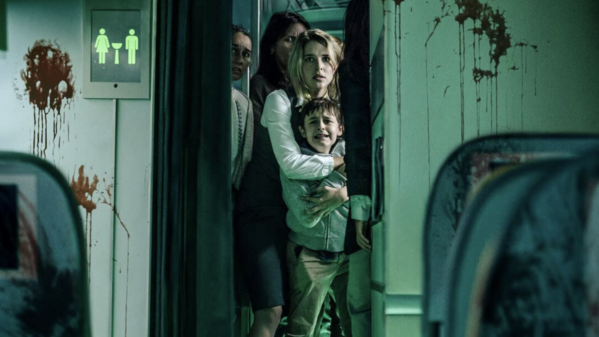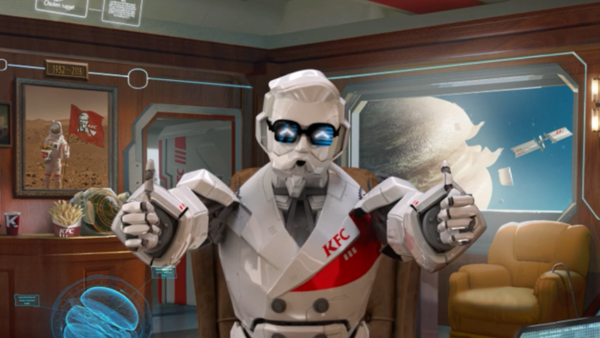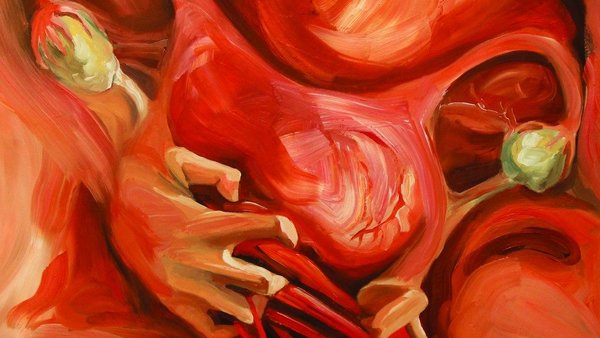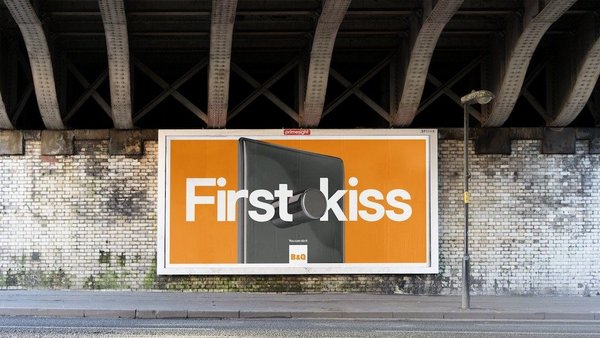Insight & strategy
How an industry body lampooned every generation from the boomers to Gen Z to boost lamb sales among the young /
Meat & Livestock Australia produced an satirising perceptions of Gen Z, millennials, Gen X and baby boomers, to unite Australians around their shared love of lamb
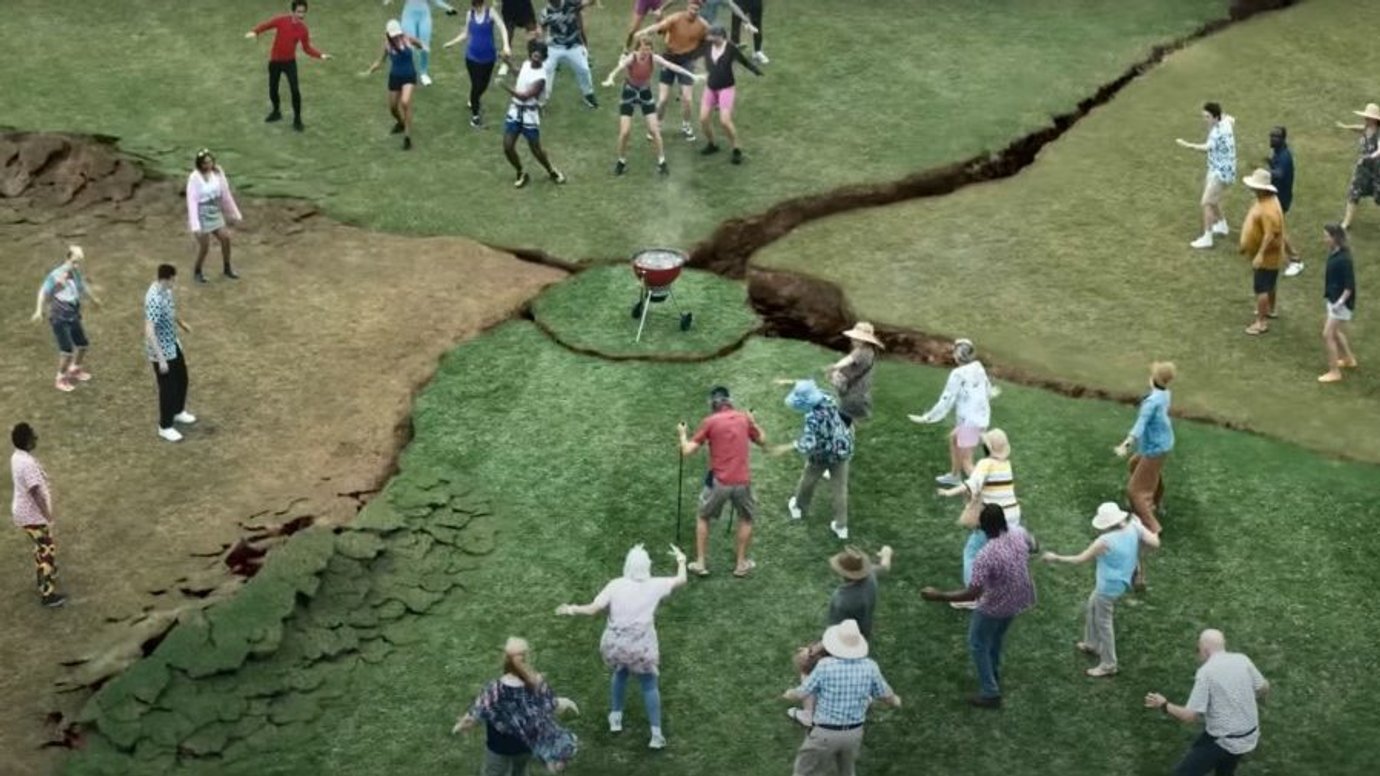
On January 7 2024, advertising body Meat & Livestock Australia (MLA) launched its annual summer lamb ad, which satirises The Generation Gap between the various age cohorts down under.
The term ‘generation gap’ has been used to describe the differences in attitudes between age groups and how that leads to a lack of understanding between them. To take this concept to the extreme, MLA and The Monkeys, Sydney (a part of Accenture Song), created a 3min long spot depicting an Australia where generational groups (Gen Z, millennials, Gen X and baby boomers) are separated by giant chasms.
As the cohorts take humorous pot shots at their cultural differences, the chasms get bigger and bigger – that is until a barbecue full of cooked lamb becomes deserted in the middle of the chaos. As everyone’s noses perk up to the smell, they all discover fondness for the meat is something they all have in common, and kicks off a chain reaction of commonalities that closes the generation gap for a gigantic group barbecue.
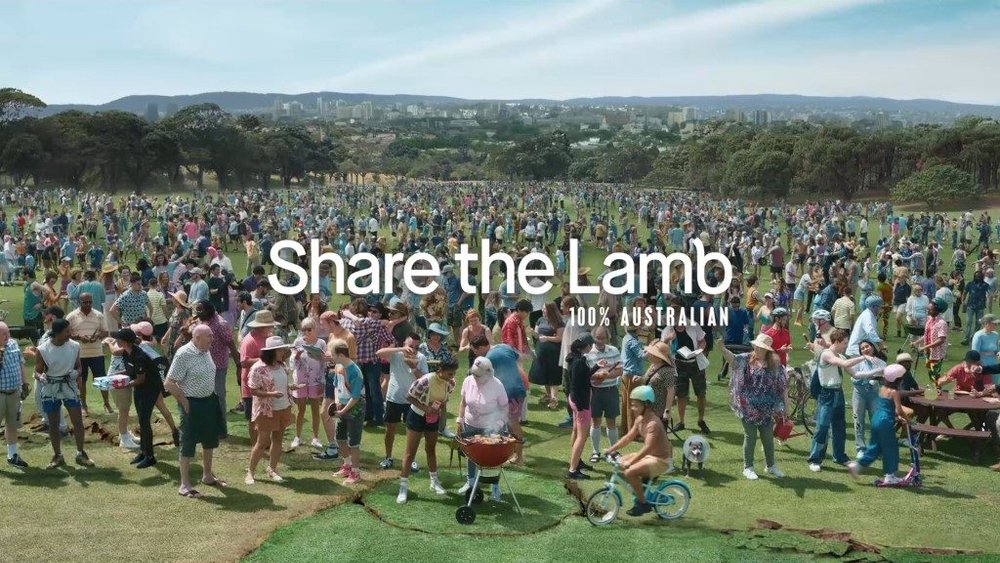
Contagious caught up with Christopher ‘Kit’ Lansdell, business strategy director at The Monkeys, to find out more about the latest iteration of the brand’s summer lamb brief. He revealed:
- For the last decade, the heart of MLA’s creative strategy is based on the product truth that meals with lamb were more likely to be shared experiences. Each year the brand holds a lens up to a point of cultural division and places lamb in the centre to bring people together around the red meat
- As MLA has a growing challenge of ensuring lamb is a product that has relevance with younger consumers, The Generation Gap campaign created an opportunity to talk more specifically to that cohort and encourage sales with Gen Z and millennials
- The key to landing the message with people across all generations was to ensure that everyone was equally made fun of in the spot
- To ensure that younger consumers were exposed to the campaign, MLA targeted platforms such as TikTok and X, with the shorter cut downs sparking interest in the longer-form content
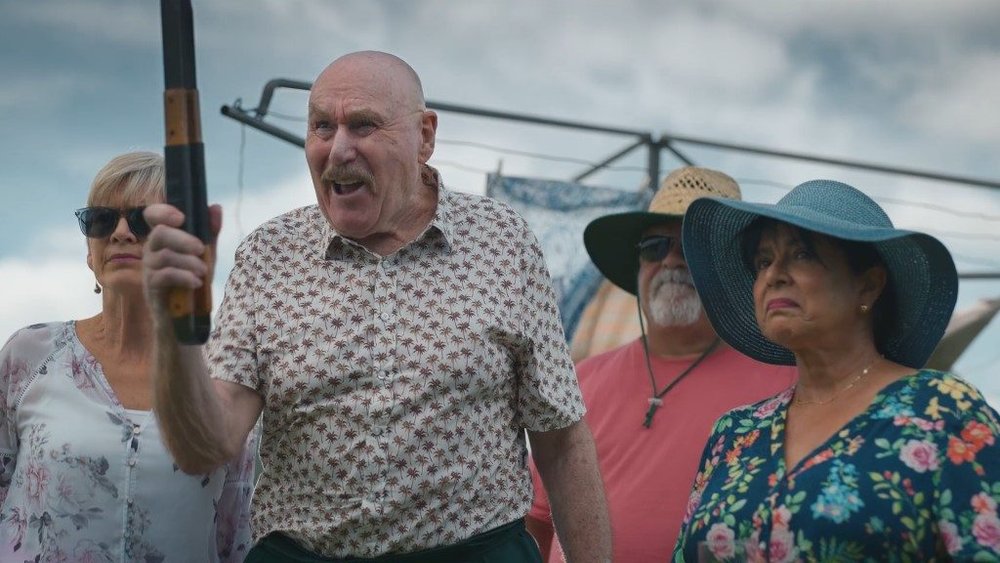
What business challenges is Meat & Livestock Australia (MLA) facing as we head into 2024?
In terms of sales of lamb, an interesting challenge has emerged over the last few years of needing to create far greater relevance and resonance with younger Australians. Justifying the price and premium of lamb is a perennial challenge for MLA, and it’s started to notice that there’s an imbalance in terms of the age range shoppers and consumers are coming from. Based on their share of the population, older Australians are far more over-indexing on lamb purchases in their shopping versus younger Australians who are under-indexing. Part of that correlates to the broader question around sustainability, but the other problem is cultural.
What is this cultural challenge?
Australia is still a rapidly growing migrant nation, so a lot of younger Australians are new migrants who’ve come from lots of different countries. So, they haven’t had that historical relationship with lamb that older Australians have had. That’s really the biggest challenge we’re facing now – having to build new relevance and make sure that we appeal and engage with younger Australians.
Christopher Lansdell, The Monkeys
Last time we spoke in 2022, you talked about how inflation and a recession had put the squeeze on Australian wallets. Has the cost of living crisis further impacted lamb sales and made your marketing all the more important?
From a macro perspective, people having less disposable income has dampened sales. Basically, as lamb is a premium discretionary product, it’s a bit of an easy target for people to say ‘Let's cut back on lamb and buy cheaper proteins’. Recently there was actually about a 17% drop in retail prices for lamb because farmers were destocking from the increased price of grain, which resulted in a 22% increase in volume sales.
Price remains the number one barrier, but marketing is still going to be super important for the three key outcomes that we’re looking to do: drive incremental sales, brand desire and relevance, and fame and salience – particularly as lamb is a small meat in the meat-hungry Australian market.
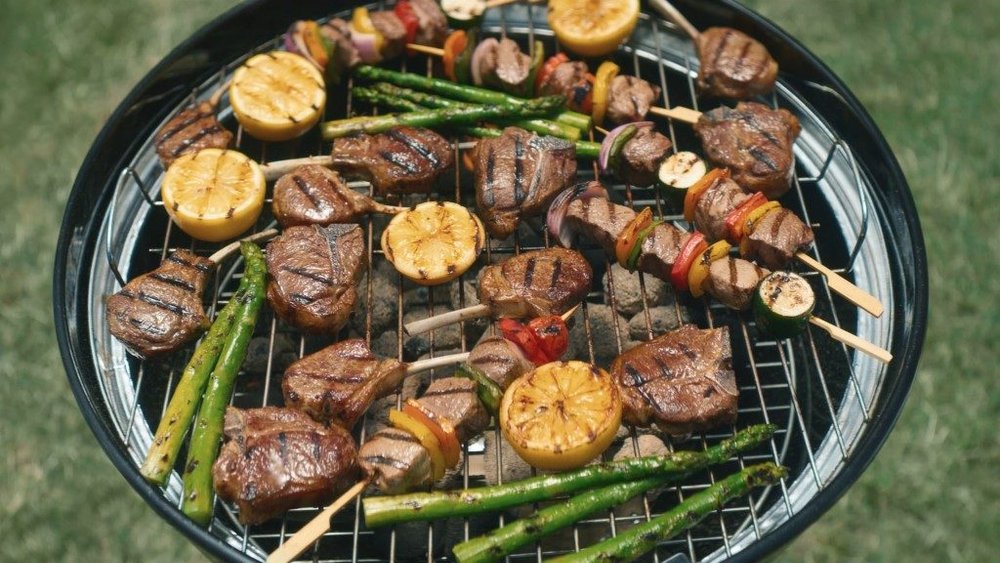
How has the consumption of lamb and other red meats in Australia been affected by the increased interest in veganism and vegetarianism?
It's fair to say that there’s been a gradual decline over the last two decades in meat consumption across Australia. But the MLA does an annual State of the Industry report, and the 2023 report showed that per capita, Australians were still huge consumers of beef and lamb. We’re the seventh biggest beef per capita consumer, and the second for sheep-meat – only being beaten by Kazakhstan.
In terms of more specific consumption behaviours, roughly two-thirds of Australian consumers have maintained their level of red meat consumption over the last 10 years. Of that final third, the MLA has found is that you’ve got about a quarter that have reduced their intake and 15% who have actually started to increase their red meat consumption.
How has your perennial summer lamb brief for MLA evolved over the last 10 years?
‘Nothing brings Australians together like sharing lamb’ has been the starting point since first identifying the unity that lamb has for Australians, but the challenge of needing to create greater relevance with younger audiences was the big change for the brief this year. MLA needs to make sure that while we do want to appeal to all Australians, we should try and almost over-index on making sure that there’s a connection, relevance and appeal for younger Australians. That’s what’s changed, but the message at the heart of the brief and what we’re trying to deliver, that hasn't really changed.
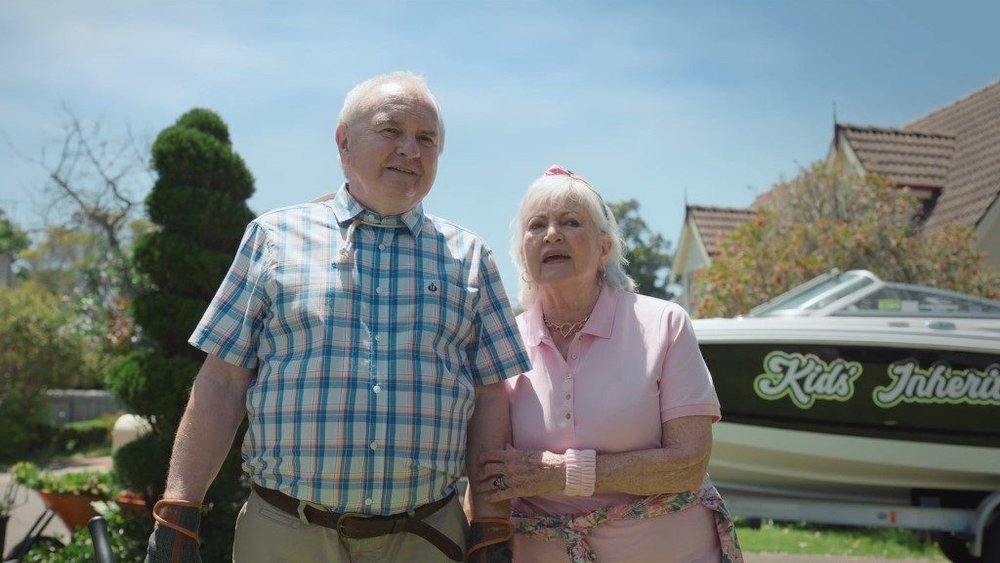
Christopher Lansdell, The Monkeys
Why has the MLA been using the same creative springboard of ‘Nothing brings Australians together like lamb’ for the last decade across all its summer lamb work?
There’s three reasons. The first is that way back when my boss Fabio Buresti did an ethnographic study and found that of all the meals, lamb-based meals are far more likely to be shared experiences compared to other proteins. So, lamb naturally brings people together and promises unity.
The second is that culturally, unity is something that we value as Australians. You can see from Edelman’s Trust Barometer and polarisation metric that Australia is getting dangerously polarised. Not to the extent of somewhere like Argentina, but sadly there’s more division than unity. So as societal influences and cultural changes and continuing to divide people in certain ways – our brief and promise has a perennial value and need at the moment.
The final is that it’s working – and it’s really important that it has to. Unlike a commercial entity or listed corporation, the funds that pay for this campaign are in fact farmers’ levies. MLA feels that weight of responsibility as it’s farmers’ money that we’re investing to deliver returns for them. Even with some of our misstep campaigns, we’ve got a fantastic set of clients who believe it’s the right approach and we’ve actually learned from those missteps to make the work even better in future campaigns. People may take a pop at times and question ‘Does it really work?’ But we have the effectiveness track record to prove that it does.

How did you land on the generation gap as the point of division to bring people together around for this year’s summer lamb brief?
As the core of the proposition in the creative brief doesn’t change from year to year, it gives us an advantage in terms of always thinking about what’s going on in the country. A part of the challenge is that we start developing the campaign six months out, so we need to land something that’s still going to be enduring, topical and relevant in January when we launch. Therefore it can’t be around a fleeting moment which might cause division, and we had one of those last year in The Voice [Australia’s Indigenous Voice Referendum] – but we wouldn’t touch that subject and now it’s old news. Instead we try to look at what might be a powerful thing for us to focus on, something that’s dividing Australians.
Our creative director Scotty Detrick talks about the campaign being the unofficial ‘State of the nation’ in his approach to developing it. What we found over the course of the past year is there has been so much in popular culture and the media exaggerating the divisions and stereotypes of generational angst – to such an extent that generations are seemingly intractably divided. We thought, ‘Maybe that's an opportune thing to talk about?’
Christopher Lansdell, The Monkeys
Why did you feel the generation gap was an issue that you could effectively rally Australians around?
It’s a very astute observation and it was something that came up when we were talking through the territories with the client. We presented three or four different areas and the senior client said exactly that about the generation gap. ‘I love it, I think it’s really rich. But it’s not necessarily a uniquely Australian story… however, I still think we can tell it in a uniquely Australian way.’ That is a key lesson that we have learned, which is to make sure that in how it shows up is in a uniquely Australian, in the visuals, observations and the gags.
It’s perpetuated that age should divide us in a certain way, but age doesn’t divide us, attitudes divide us. Focusing on attitudes then allows us to all to come together because we can say ‘There are actually a lot of things we have in common,’ and that ‘Australians are never really that far apart,’ even though we’ve been portrayed as being at each other’s throats. We’re very conscious that we need to ensure that we’re bringing people together. Things like whether you’re on the left or the right of politics, you’re not going to drop that, which was a lesson we learned in the past.
Why did you decide to use a chasm as the main visual?
One of the ways we first articulated the idea strategically was as ‘Generational wars’, but clearly we weren’t going to use that term given what’s going on around the world. That’s when the creatives came up with the very simple idea of a gap and using a visual chasm device. We have found through past experiences that if you can tell a simple story with a particular visual, it lands so powerfully – so once we had that idea we were happy and built it from there.
Christopher Lansdell, The Monkeys
How did you make sure that the ad reflected the various demographics in a way that made light of their differences but didn’t end up offending them?
A lot of that comes down to the magic of our directors and the performances by the actors. But ultimately as Australians we don’t stand on ceremony and like to take the piss. Maybe this year’s wasn’t everyone’s favourite, but the creative has always had an irreverence and satirises things – that’s part of its legacy and how people see the lamb ad. That’s why I think most people will laugh with us, rather than feeling like you we’re having a pop.
The other thing that’s really important to us – which we also did with the 2022 Make Lamb Not Walls campaign – is we need to have a go at everybody, so that everyone feels like they’re being included in the story. If we’d talked about just boomers vs Gen Z, you’re only calling out two. But if we include everybody, Gen Z, millennials, Gen X and baby boomers, then it feels like you’re taking the piss out of the whole portrayal of generations, not just out of my generation. I’m Gen X and we got brutalised – but that was one of my favourite bits.
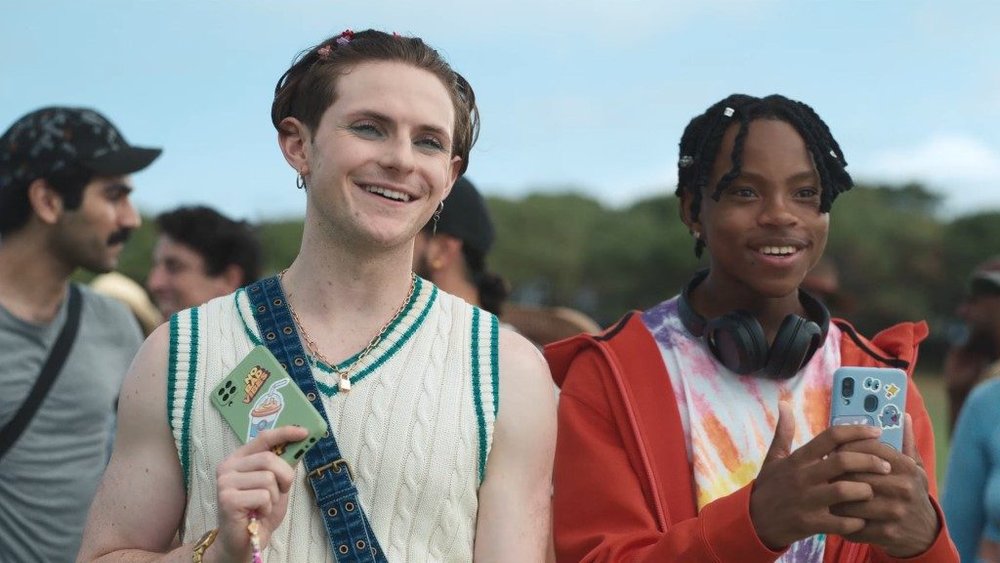
How did you map out success for this year’s campaign?
Overall, the MLA want to beat and exceed what we’ve done before. For this year, the MLA said it wanted to match the sales from Make Lamb Not Walls two years ago. Then they also set some interim KPIs in terms of brand awareness, uplift, ‘worth paying more for’ to justify the price premium and household penetration. If we can convert that relevance of younger audiences into penetration, it will ultimately drive through to sales and growth.
I know some people say don’t focus on soft metrics like eyeballs, but actually, the more eyeballs we get on the campaign it tends to convert to more sales. It’s the classic Peter Field and Les Binet argument that fame drives commercial outcome. We’re inherently lazy shoppers and creatures of habit, particularly when you're thinking about what to eat. ‘Oh, lamb?’ It's suddenly top of mind, ‘Let's have lamb’. It's really that simple, and we’re saying that if we can get as many eyeballs and as much media coverage on the campaign, it makes that fame possible.
Christopher Lansdell, The Monkeys
You’ve previously told us that the MLA overcomes its limited budgets and reliance on earned media by ‘making lamb famous, being provocative and getting people to talk about it’. How did this year’s brief and execution deliver on that?
On a macro level it’s all about making sure that the topic is a theme that can land with relevance in January, that’s so the media is interested in telling that story more broadly. It’s early days yet, but you’re seeing the media picking up the generational gap as a topic, while the story is being covered in places like the New York Post, Fast Company and The Independent in the UK.
Although global impact is great, our clients will say that we also need to convert into sales in Australia. How we do that on more of a micro level is we try and put as many little hooks as possible into the ad that people can then talk about. Whether that’s a gag or the theme, but to really sweat out all those jokes. That’s because people tend to call out a specific joke when commenting on social media, whether that is the ‘Your phone torch is on’ directed at the baby boomer, or the millennial saying, ‘Hey, are we saying slay now?’ We also have a wonderful PR agency called One Green Bean that do a fantastic job of seeding the story in PR.
There is a bit of a proven model for us that the more fame and provocation, then the more likeability and sales that you get. The other aspect that is probably even more valuable right now is what [CEO and president at BBDO Worldwide] Andrew Robertson has been talking about in the return to humour. The world is pretty shit at the moment and having a laugh is invaluable and people love it. A brand that is prepared to give us a laugh and have a laugh with us, is a brand that I like. It's really not overly complicated.
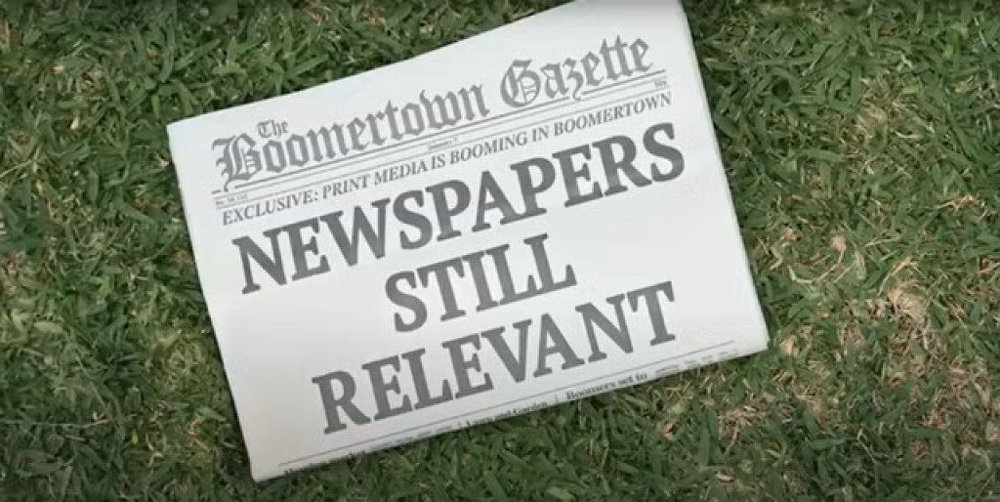
How big has your annual summer ad become as a cultural moment in Australia? Is it the equivalent of the John Lewis Christmas ad in the UK or the Super Bowl in the US?
Others have commented on it being a bit of a cultural moment in Australia, but I wouldn’t want to put us in the same ilk as John Lewis, it’s a far bigger challenge that they’ve got. That said, our lamb ad is anticipated each year and we do get the media saying things like ‘It’s dropped,’ or ‘It’s here.’ Which is a bit odd for an ad – especially one around lamb – because everyone is studiously trying to avoid advertising these days.
But it’s an advantage that we do have and that the media leans into it. If the press likes it, they want to talk about it, which obviously gives us lovely fair wins. However, at the same time we have to meet those expectations and there have been a couple of campaigns where it hasn’t been as successful and the media is just as quick to want to dump on it. It keeps you brutally honest and brutally scared that you’ve got to deliver on it year after year.
Christopher Lansdell, The Monkeys
How did you make sure that the media strategy for this campaign would reach a younger target demographic?
This year we made sure that we were leaning into platforms that younger generations are much more engaged with. We’re only a week in, but so far we’re finding that TikTok and X has been the most powerful organic source of people discovering it. Our go-to-market media strategy has changed in terms of being far less paid in the likes of TV, and most of the traction this year has been from TikTok and X. It’s mainly coming from people saying ‘Oh my God, you must see this!’ Or, ‘This is so funny,’ and then sharing it with people – which is how it's intended to be found.
Our plan has always been to lead with the long-form three minute ad as the epicentre of the campaign. Interestingly, I had a chat with Google a year ago and they said that despite two- to three-minute long-form ads being one of its best performing, only 10% of advertisers were actually using it. Right now, the narrative is just about making things shorter or shorter. Yes, shorter has a role, but so does engaging content – and we’re all hungry for content. But what we’re seeing is the six and fifteens [cut downs] on TikTok and Instagram are driving people back to the long form – that’s one of the things that surprised us a little bit this year. My 15-year-old daughter got served the ad on TikTok the same day that my father-in-law heard it on ABC Radio – both talking about the same spot but served to them from completely different worlds.
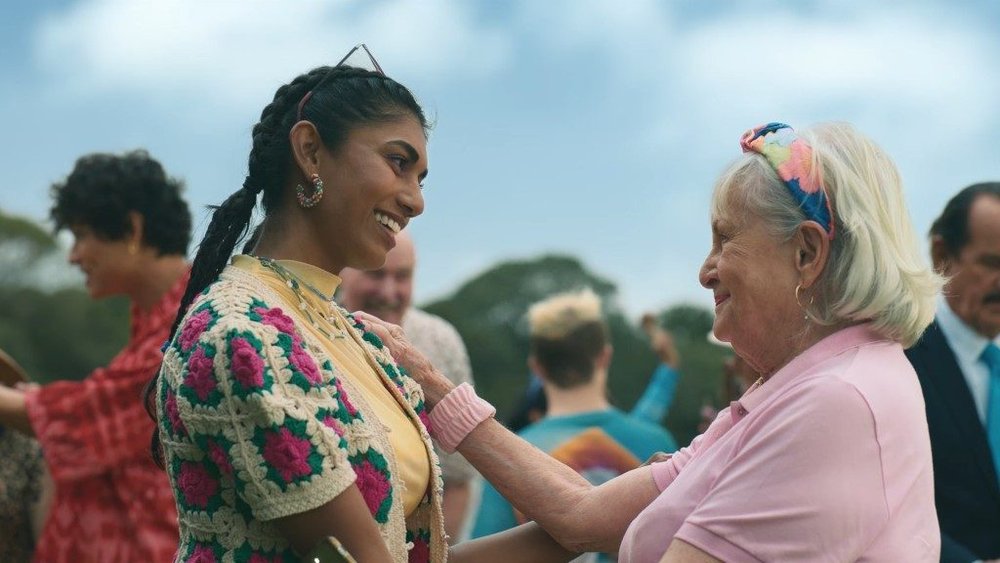
What results can you share so far about the success of this year’s campaign?
It’s way too early for any sales metrics, but certainly in terms of eyeballs, we’ve already beaten last year’s campaign – and it’s only been one week. Overall so far it’s been super positive, and we’ve been pleasantly surprised in how it has transcended borders and how other markets were picking it up and talking about it.
Christopher Lansdell, The Monkeys
The MLA has been creating work around ‘unity’ for 10 years now – how much more of runway do you think that long-term strategy has for the brand and business?
Why break a model that we can see working? The core essence of the brand is still the promise of lamb that brings people together. We’re loath to change that, and I think you see too many brands chop and change their promise. Brands need to make sure that its promises are consistent, because otherwise you’re just going to confuse markets about what you’re offering. It’s hard enough already to get people’s attention and land what you stand for, when really what you want to do is build on those memory structures. If you look at some of those great enduring platforms like Dove’s Real Beauty, which has been going for 20-plus years and is built around self esteem. They’ve had soft years where it hasn’t worked as well, and other years where it’s been amazingly powerful. I think advertisers get bored of things far quicker than consumers do.
Also for us, encouraging a sense of unity and people being brought together is actually becoming more valued and needed. As long as the creative platform still provides cultural entertainment for Australians and commercial success to MLA land farmers, the platform has got a long prosperous future ahead of it. It’s just the challenge of making sure it's fresh every time we deliver it.
Want more of the same? /
We don’t just write about best-in-class campaigns, interviews and trends. Our Members also receive access to briefings, online training, webinars, live events and much more.


